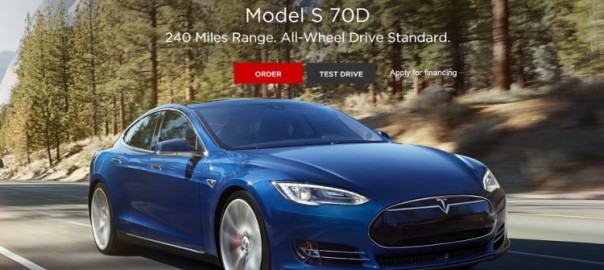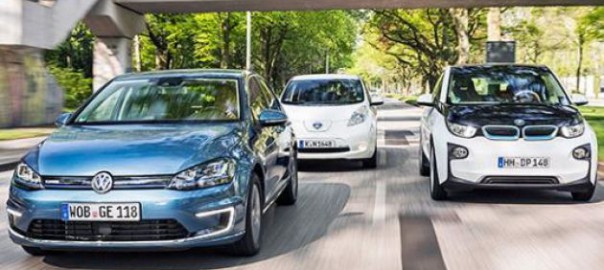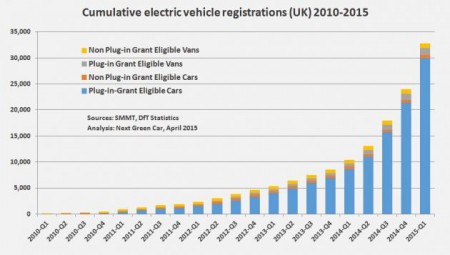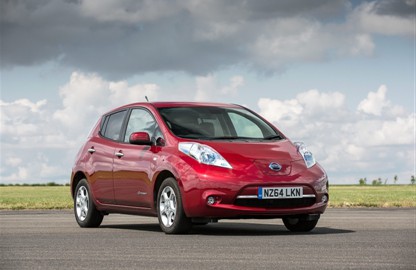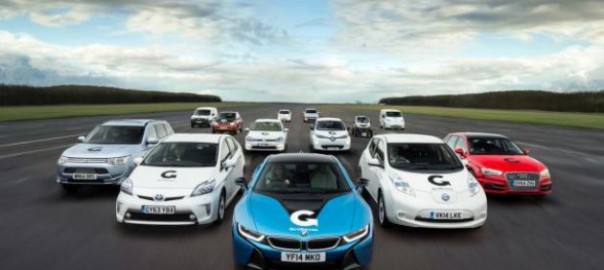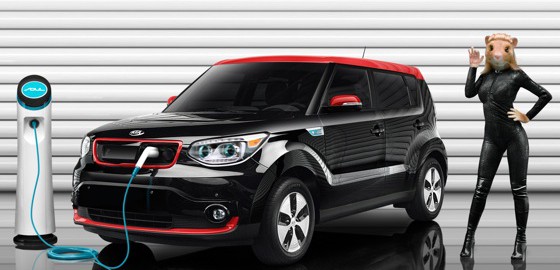Across the country, thousands of high school students will be completing their sophomore year of high school. Many of them are about to turn 16. Many of them want a car. Many of them have activities like after-school sports, community service, SAT test prep, chess club, and possibly even a job. Many of them have parents who have become tired of driving their kids everywhere and want to spend some time towards their own pursuits. Many of those parents are worried about the costs and responsibility of their kids having a car. Many of those parents are afraid at the places their children could go without their knowledge with a car.
Well, parents of America, I have a solution: Lease an electric vehicle for your teenage son or daughter. Most parents will either hand their kids down a car or buy them something brand-new. Usually, the new car is a Honda Civic, Toyota Corolla, Hyundai Elantra, anything from Scion, and so on. Something safe, fuel-efficient, reasonably priced and something to take to college. A hand-me-down vehicle could be an old truck, old minivan, a 10+ year old car which gets very good fuel mileage, or maybe an old Volvo. But you have to pay for gas, insurance, maintenance (which gets seriously expensive on Volvos), as well as car payments if you buy a new car.
By the way, I stress the leasing part since some teenagers tend to move far away from their parents for college. Some of these campuses might not be car-friendly either, especially for undergraduate students. In cases like those, buying an electric vehicle probably won’t be the best option, since you might not want an extra car in the driveway that nobody is using.
Now, many of you might think it’s a bad idea to for a teenager to have a new electric car. It might be easy for them to sneak out of the house, for instance. Or it could be easy for them to sneak back into the house when it’s past curfew. It might be too expensive because you’re getting them a new car. You might believe on principle that a teenager shouldn’t have access to a new car. You might receive some criticism from your friends, neighbors, and coworkers for getting a teenager a new car. You also believe that range anxiety might not be the best thing for a teenager to handle.
However I, a 24-year-old car enthusiast whose first car was a MkV Volkswagen Jetta 2.0T (in hindsight, it shouldn’t have been), think an electric vehicle is an excellent starter car for a teenager. In that vein, I’ve come up with three reasons about why getting a teenager an electric car is a viable option.
- There’s actually a radius to where they can travel.
Most electric cars on the market have a range of 80 to 100 miles on a full charge. That isn’t very far, especially when traveling round-trip to the city from the suburbs. Now, as a parent, there might be range anxiety and you would hate your child to run out of battery in the middle of a busy road. But considering most electric vehicles have a range of at least 70 miles on a full charge, that’s more than enough range for a teenager’s typical day. Other than the usual drive to school and back, there’s still range for going to the mall, traveling to a friend’s house for a project, going to where they do community service, or drive to an after-school job.
For most parents, it minimizes the chances that their children will take unexpected “detours,” unless that particular destination has a quick charging station present. Some parents will complain that the “silence” of an electric vehicle will permit the kids to sneak out of the house, but unless their destination is within 15 miles round-trip, they may have some trouble getting to that full charge for the following morning. That range will also teach them responsibility when it comes to planning trips, since how they travel depends on whether they’ve charged it or not. At most, school will be 25 miles away (I actually know people who travel that far to get to high school), so the car has to be charged every night. (And in some states, electric vehicles get to travel in the HOV lane, so no more driving the school carpool!) It’ll be a bad day if he or she forgot to plug in the car. In addition, when going to activities that fall outside the daily routine, they’ll have to plan their trips and check whether there are places to charge nearby.
- The costs of ownership are reasonable.
Thankfully, there won’t be an extra car to add to the gasoline costs for the month. If the electric car is replacing a vehicle that could barely achieve 20 miles per gallon, leasing an electric vehicle could be more cost effective than handing down an old pickup. For example, the FIAT 500e, though available in California and Oregon only, has an advertised lease rate of $139 a month for 36 months with $1,999 down including the first lease payment and a 36,000 mile limit. Even a base model Nissan Leaf, which is more widely available, has a lease rate of $199 a month for 36 months with $2,399 due at signing including the first lease payment with a 36,000 mile limit. Without including taxes, insurance, maintenance and charging cost, that’s around $10,000 for three years of ownership of a car with a warranty and one that you can give back (with a $395 disposition fee).
Also, money is saved from all that gas you or your high school student doesn’t have to buy. Going on fueleconomy.gov, for most electric vehicles it costs under $1 to travel 25 miles. While the average 2015 vehicles gets 24 miles per gallon, on average, gas varies between $2 and $3.50, the $3+ mark being achieved thanks to California and Hawaii. The website estimates that most EV operators will spend between $500 and $600 on “fuel cost” for 15,000 miles per year.
Additionally, insurance costs tend to be less for an electric vehicle compared to a similarly priced gas vehicle. One study showed that on average driver’s saved $200 per year on insurance when they switched to electric. Considering how much a family’s car insurance shoots up when a teenage driver is added, the reduction in annual insurance premiums will be welcomed. Overall, if it comes to less than $5,000 a year to have your teenager driving, getting an electric vehicle might be a good car.
- Electric vehicles are safe.
No, I’m not thinking of the Tesla Model S and its exceptional crash test rating when I wrote the above. Electric vehicles like the Spark EV and Focus Electric are Top Safety Picks by the Insurance Institute of Highway Safety. The Leaf and 500e, which will undoubtedly be considered, don’t achieve that distinction due to their “Poor” rating in the small overlap front crash test. (But from 2013-2014 the Leaf was a Top Safety Pick before inclusion of the front overlap crash test.) However, electric vehicles are just as safe as normal new vehicles that are popular with teenagers such as the Toyota Corolla, Hyundai Accent, Chevrolet Sonic, Audi A4, and the Scion xD or xB.
Compare that to a 10+ year-old hand-me-down Accord, Maxima, or Jeep, which probably don’t come close to 2015 safety standards. Moreover, when the speed question comes up, most electric vehicles have a difficult time staying above 80 miles per hour, and even then, staying at those speeds quickly depletes the battery. As a result, there’s an incentive to stay at reasonable speeds. Leasing an electric vehicle means you won’t take a big hit if the car is totaled, too. Most lease agreements should have gap insurance (and seriously, ensure you have the gap coverage when leasing the car) for making up the difference in value that the insurance company will pay out.
So there you have it. The answers to most of your concerns of giving a car to your teenager. They’ll probably stay within 50 miles of the house or face being stranded. After all, most teenagers don’t have to drive over 100 miles a day over 90% of the time. They’ll learn responsibility in planning their trips. It could be the most cost effective solution at a cost of under $5,000 a year. And most importantly for parents, they’ll be safe if they get into an accident. And while the only detriment is that they could sneak out of the house, you know they won’t get far. Sometimes range anxiety helps.
Source: The Truth About Cars
